The Nintendo Switch is really good. Have we told you that before? I’m pretty sure we have, and if you haven’t heard it from us, you’ve heard it from your best friend, your favourite podcast, your kid cousin, an Instagram celebrity or maybe even your mum and dad.
Gamers have always had a soft spot for Nintendo, a name synonymous with both home and portable gaming ever since the NES hit American homes back in 1985. Things looked rocky for a while around the Wii U era, but the Switch, with its novel transforming form factor and ambitious approach to on-the-go gaming, has proved a roaring success.
However, Nintendo now finds itself, and the Switch, in an interesting position. The console was already seen as an under-powered alternative to the Xbox One and PS4, and that generational gap has increased further now that the Xbox Series X and PS5 have launched, with their flashy SSD storage systems and ray-tracing-ready GPU capabilities.
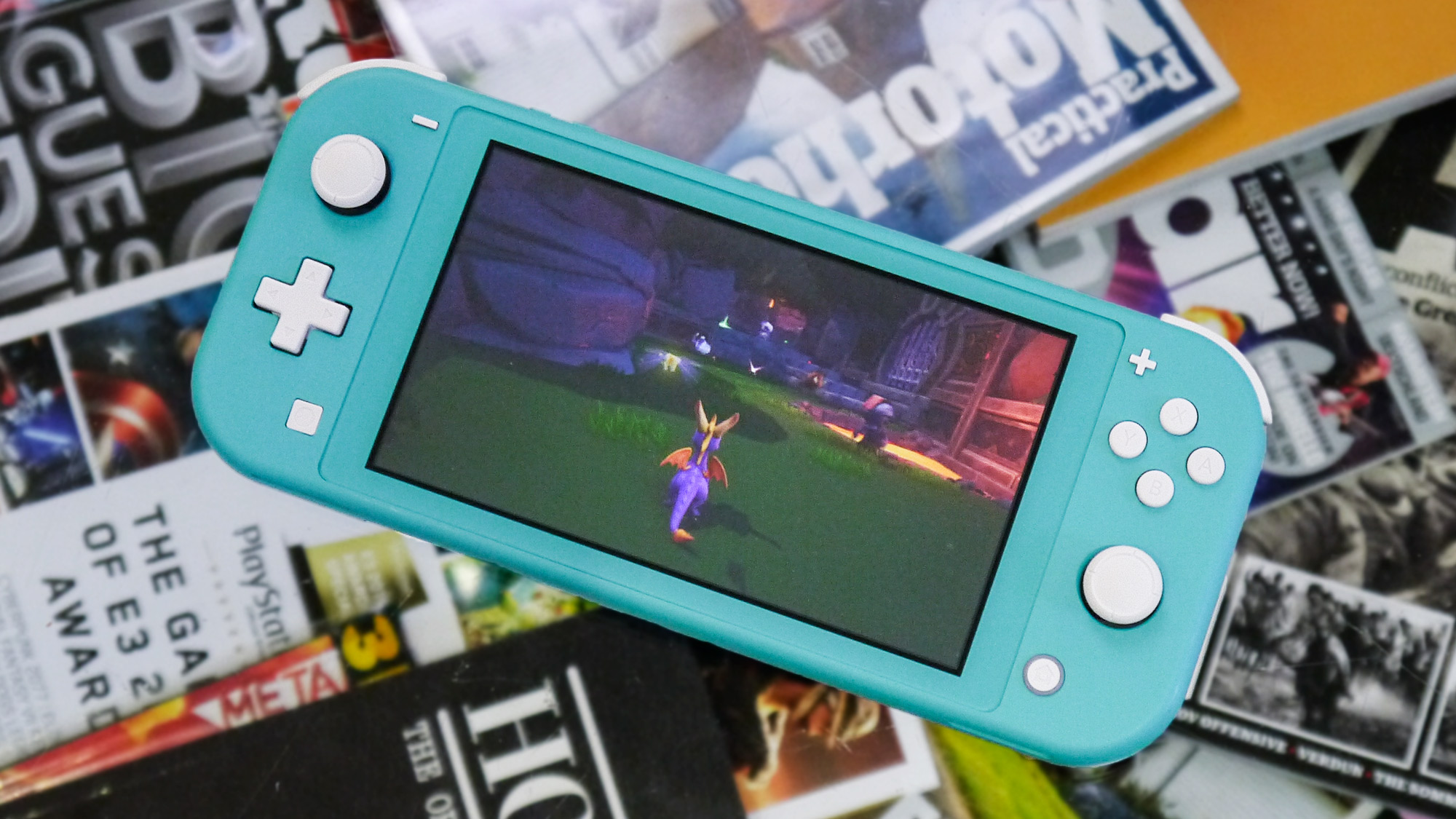
Clearly, this hasn't stopped the console from succeeding – but it raises the question about what Nintendo should do with the next version of its hardware.
Rumours of a Nintendo Switch 2 (or Nintendo Switch Pro) have circulated consistently since the release of the Nintendo Switch Lite, the console family’s handheld-only variant. But does much really need to change? In my opinion, no – Nintendo doesn't need another new, bold concept next time it rolls out new hardware. In fact, the less Nintendo's next console deviates from the Switch's design, the better.
The Switch success story
Nintendo’s recent earnings call was astonishing. The Nintendo Switch has eclipsed the entire lifetime sales of the Nintendo 3DS in just four years, with 79.87 million devices shipped worldwide. That puts it as Nintendo's fifth best-selling machine behind the Nintendo DS (154 million), Wii (101.6 million), Game Boy (118.7 million) and Game Boy Advance (81.5 million). Taking stock still on shelves into account, Nintendo believes that 74 million players have a console at home – a staggering figure given the competition and stock shortages that have plagued the console’s lifespan.
It’s a similarly rosy story on the software front too – 532.34 million Switch games have been sold since its release in March 2017, making it already the company’s third-most popular console in software terms, putting it behind the DS (948.72 million software sales) and Wii (921.85 million). In less than a year, Animal Crossing: New Horizons has reached a massive 31.18 million (and counting) sales tally.
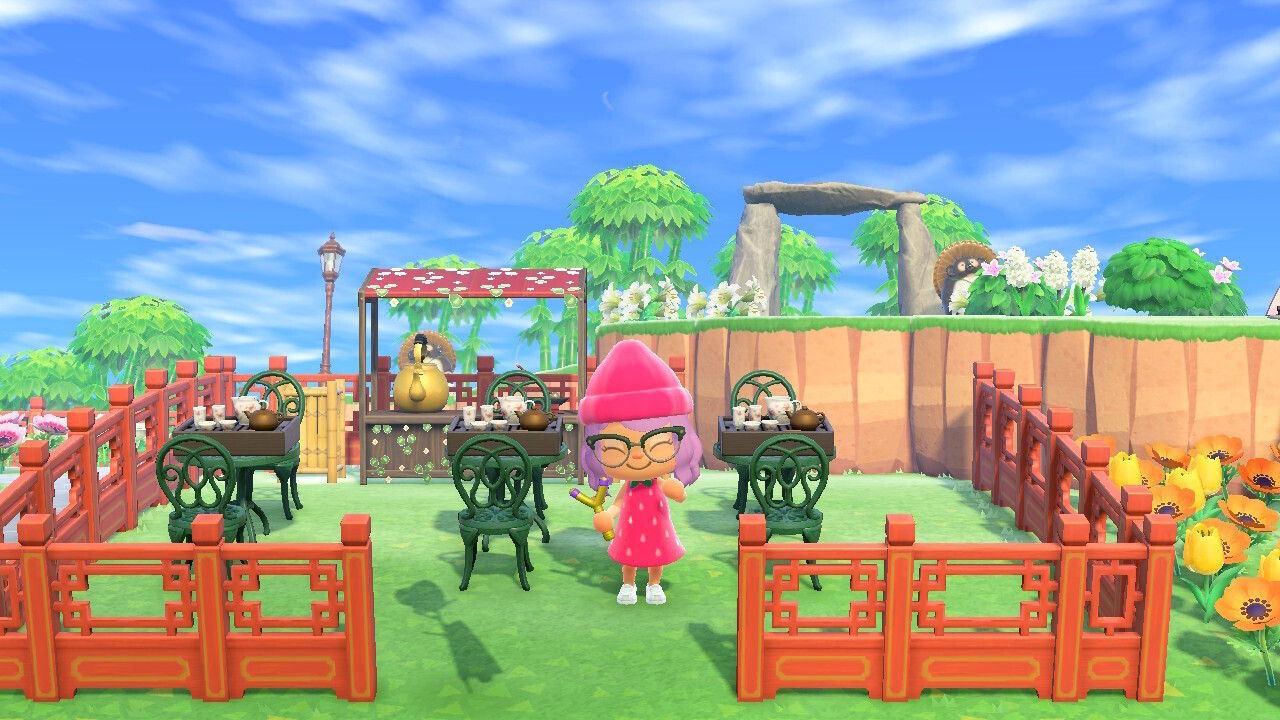
The popularity of the console is easy to understand. Unlike the Wii U, which was a confused amalgam of the Wii that came before it and second-screen gaming, the Nintendo Switch’s appeal was clear from its very first trailer. Its transforming capabilities gave it the toy-like charm that Nintendo’s best hardware always has, while its flexibility made it great for both casual, on-the-go players, and hardcore couch-groove makers. The power was there to present epic titles like The Legend of Zelda: Breath of the Wild (a game so good it’s worth owning the console for alone), while Nintendo also did well to attract the third-party and indie developers that had eluded it for a couple of generations. Any stock shortages only acted to ramp up its must-have status, while the Switch Lite’s lower price tag made it more accessible still.
What the Switch needs to do to keep up
The Switch, then, is in a very healthy spot. But as we saw with the Wii, it must be careful not to fall foul of flashy competitors. This generation, they come in the shape of the Xbox Series X and PS5, and they’re mighty powerful, targeting 4K resolutions, 60 frames per second and super slick ray-tracing visuals.
Nintendo’s never been a company to run with the pack and, around the success of the Nintendo Wii, made a stance that being inventive in its hardware was more important than being the most powerful. Indeed, its best games have always stood out visually because of inspired art direction as opposed to brute technical prowess. That continued with the Switch, which was already less powerful than the PS4 and Xbox One when it launched.
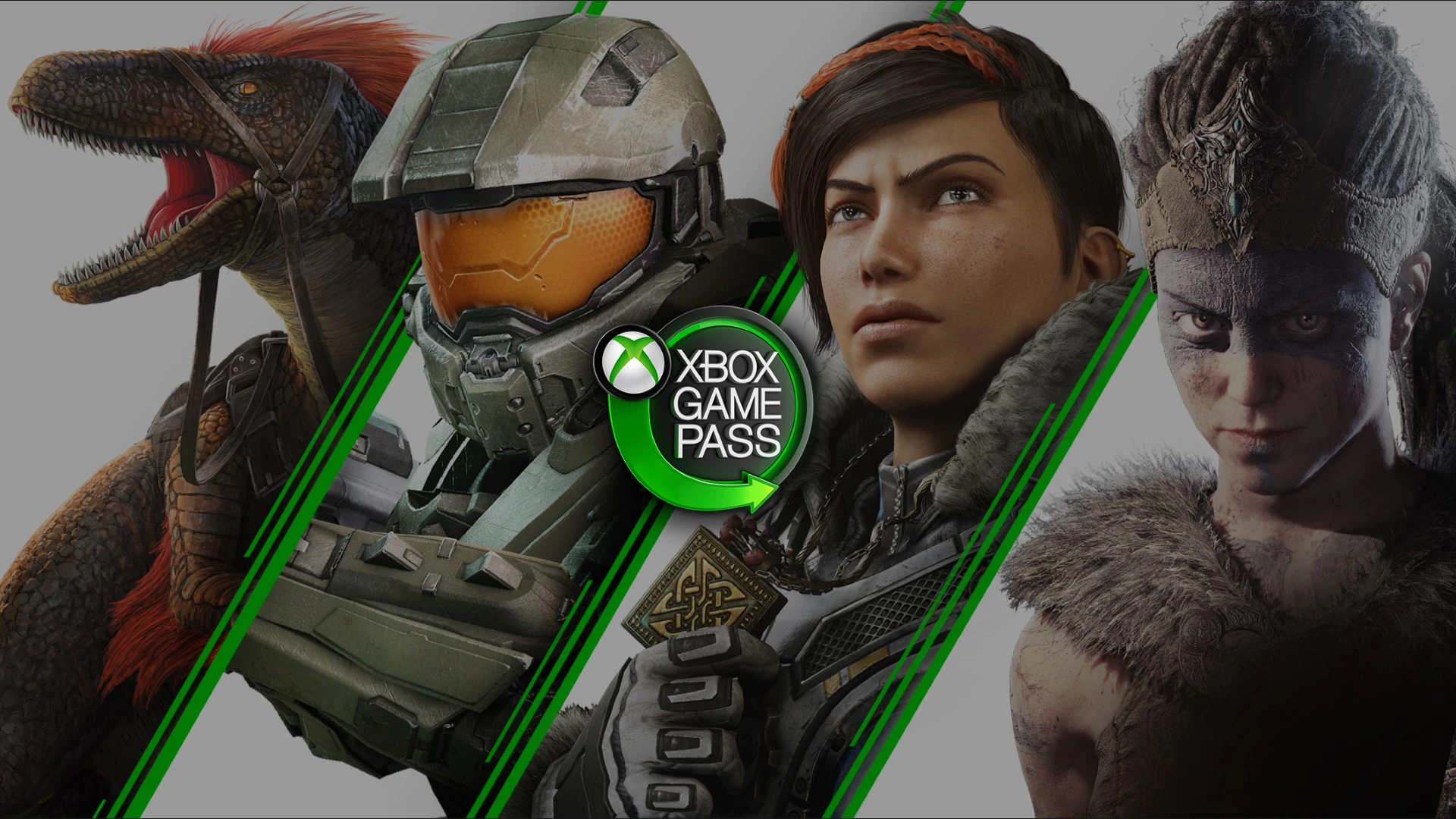
But expectations are quickly changing in this respect. The Switch is a 1080p console, while the new consoles are eventually aiming to support 8K resolutions. The Switch can’t support Bluetooth headphones without a dongle, while the new consoles have wireless 3D audio as standard. The Switch’s online offering is perfunctory at best, while Xbox Live Gold / Game Pass and PlayStation Plus are robust services that connect players, and reward them with consistently attractive freebies for their loyalty. They are fundamental areas in which Nintendo increasingly seems behind the curve.
The Switch’s secret weapon (or very obvious weapon, actually) is its form factor. It’s something the competition just can’t ape – and it's the lone dedicated handheld offering on the market. But Nintendo could, with relative ease, upgrade its core components. The Switch is built on the same basic hardware as the Nvidia Shield, which has itself been given a hardware revision. Putting a new mobile processor in the Switch, capable of more refined visuals and some form of 4K output (perhaps using the less-intensive checkerboard upscaling technique employed by the PS4 Pro), as well as an improved tablet screen in line with the current smartphone standards, would be all that’s really needed to warrant gamers dipping back into their piggy-banks.
Just take a look at what hackers, modders and tinkerers are doing with Wii U emulation – a console which originally hosted many of the Switch’s remastered hits. The Cemu emulator is capable of running The Legend of Zelda: Breath of the Wild in 4K and at 60fps on even a modest gaming PC – and once you’ve seen it in motion at that level of fidelity, it’s hard not to see amazing potential in a Switch with more power behind it.
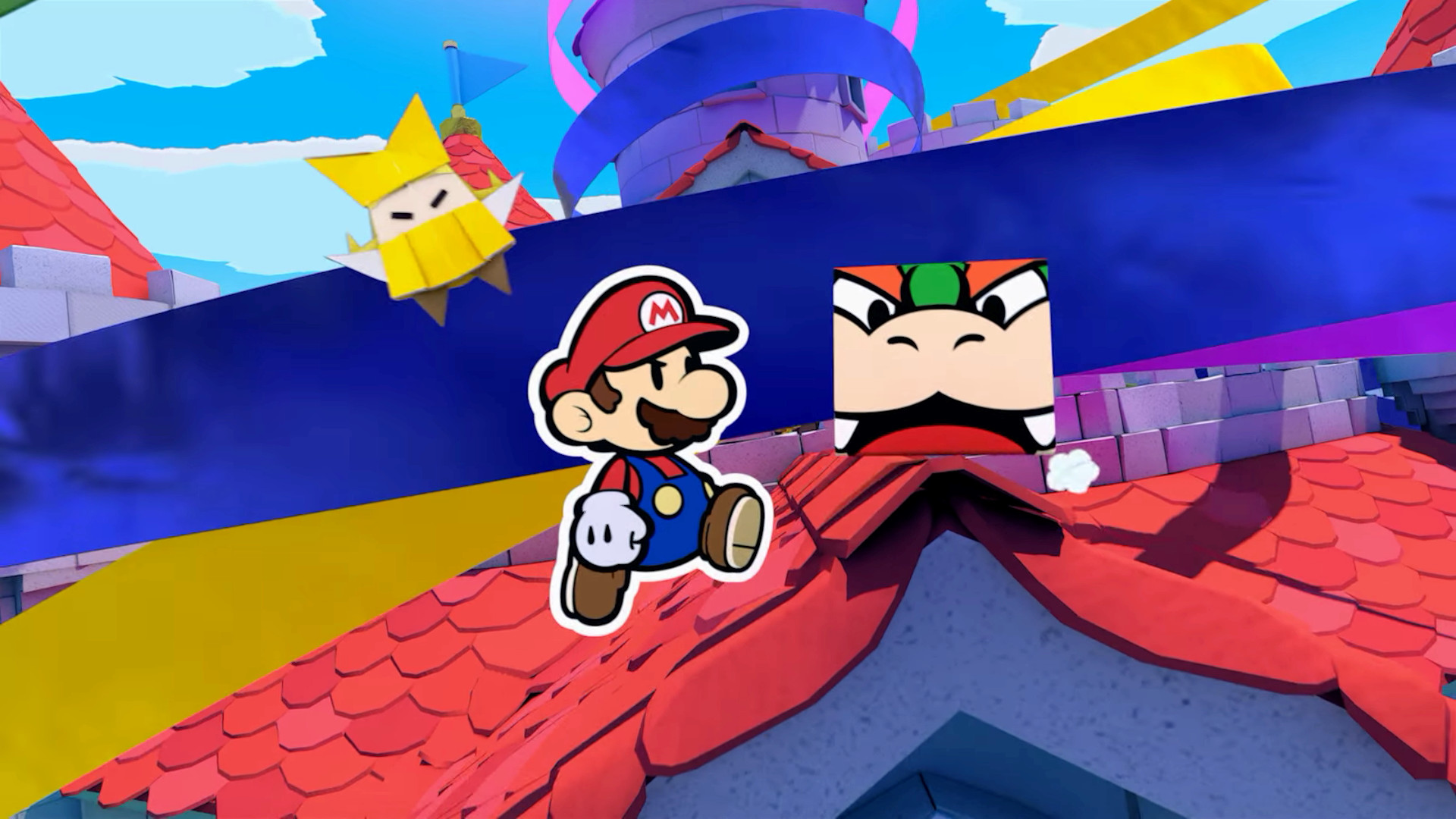
Finally, Nintendo really needs to up its software output rate. 2020 saw the release of Animal Crossing: New Horizons, a Paper Mario title, Hyrule Warriors: Age of Calamity, a Mario re-release and… that was about it, in terms of in-house titles. Third-party hits were peppered through the year, but few exclusives to write home about. We'd guess that Covid played a slight role in that, though.
Nintendo has always worked to a quality-over-quantity rule, but with the likes of Xbox Game Pass throwing more games onto a subscription service in a month than Nintendo can manage to put out in a year, it’s clear there’s been a sea change in what gamers expect in terms of library depth. Nintendo's strategy has clearly worked this generation – but it'd be nice if its output of original games could match the start of the Switch generation again, when we saw Super Mario Odyssey and Breath of the Wild release within a year.
A Switch family tree
Upgrade cycles are funny things, fanning the flames of the ‘console wars’, and drawing bitter tears from gamers whose wallets don’t match up to their hardware-owning aspirations. Nintendo has managed to step out of the traditional battle between PlayStation and Xbox, choosing to release its consoles between the launch timelines of its competitors. If it’s not taking its cues from Microsoft and Sony, however, maybe inspiration could come from another source – Apple.
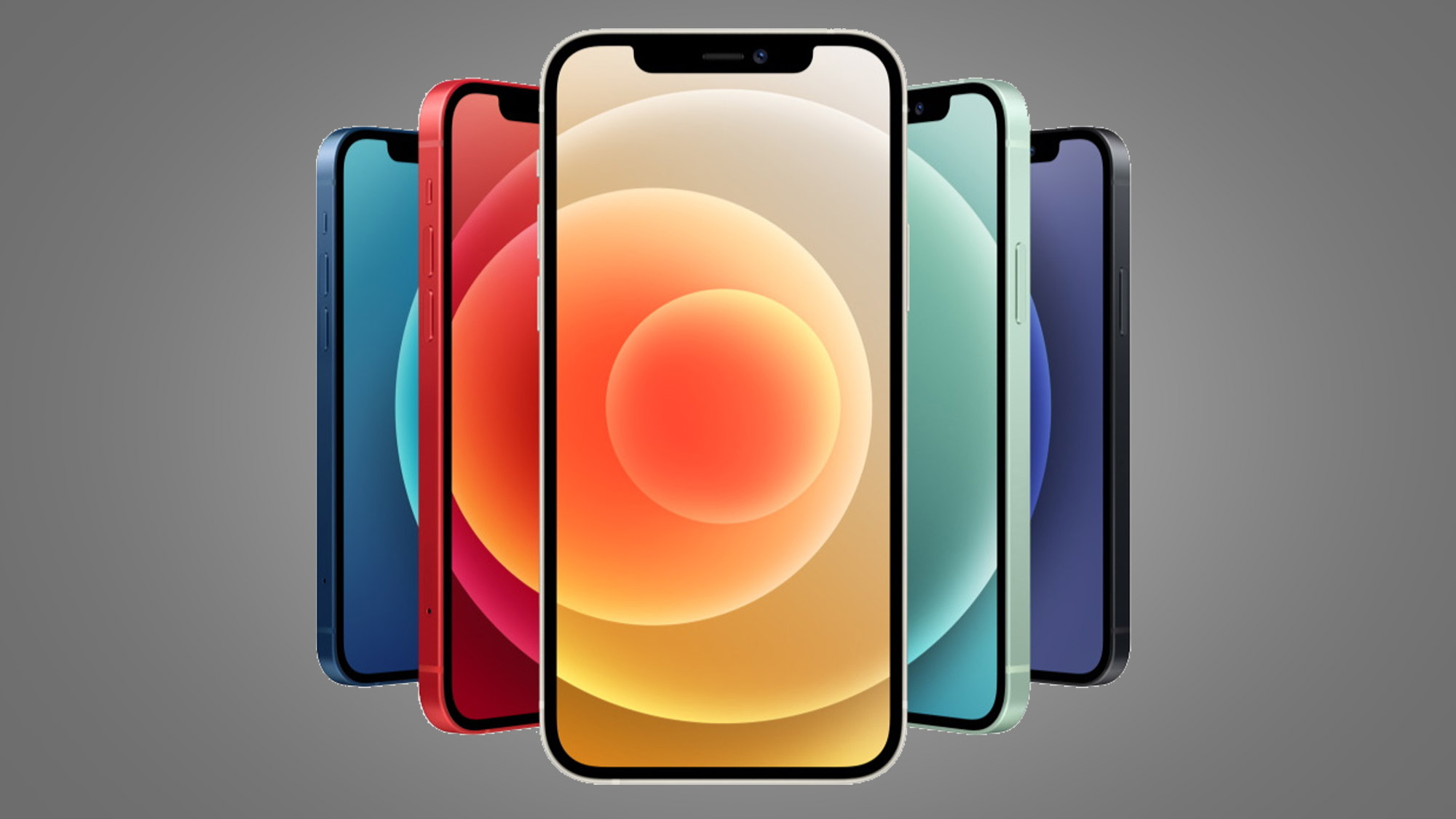
I can envision the Nintendo Switch taking on an iPhone-like quality – Apple’s smartphone nailed the form, and has been iterated upon ever since. While I wouldn’t want to see a new Nintendo Switch every year (my wallet can’t handle that), there’s definitely sense in Nintendo following a similar format.
As such, a new Nintendo Switch every three or so years, upgrading the hardware but keeping the form factor, seems like a license to print money – especially if it follows the mobile standard of making all applications and games backwards and forwards compatible. It would take some educating and strong messaging to its fanbase – you wouldn’t want to feel left out by one generation’s advancements having recently bought an earlier model. But you don’t see any major resentment from an iPhone 11 owner when the iPhone 12 comes out – that upgrade cycle is part and parcel of the smartphone world now, with a customer happy to just have the latest and greatest in that moment they invest, knowing that any hardware they do buy will last them several years regardless (and carry their existing apps over with them).
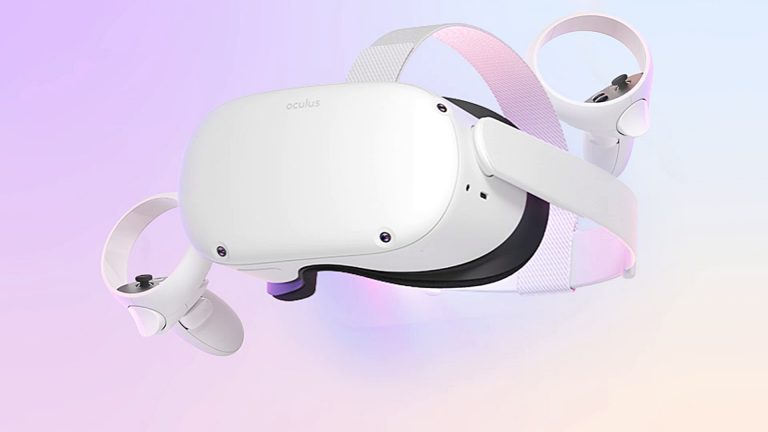
Indeed, Facebook’s Oculus Quest, the virtual reality headset that similarly is seen as a less traditional take on standard gaming hardware, and is the best VR experience to date, seems to be following suit. The Oculus Quest 2 followed the Oculus Quest 18 months after the original device launched, bringing solid hardware upgrades without hugely changing the form factor, while carrying its content library forward. It sold incredibly well, and Facebook now seems poised to make its hardware revisions bi-annual, with rumors of an Oculus Quest 3 already far into development.
Whichever route Nintendo opts to take, anticipation and expectation will be high. But an evolution rather than a re-invention is what we’d be happiest to see.
from TechRadar - All the latest technology news https://ift.tt/2MZqdkD





0 Comments